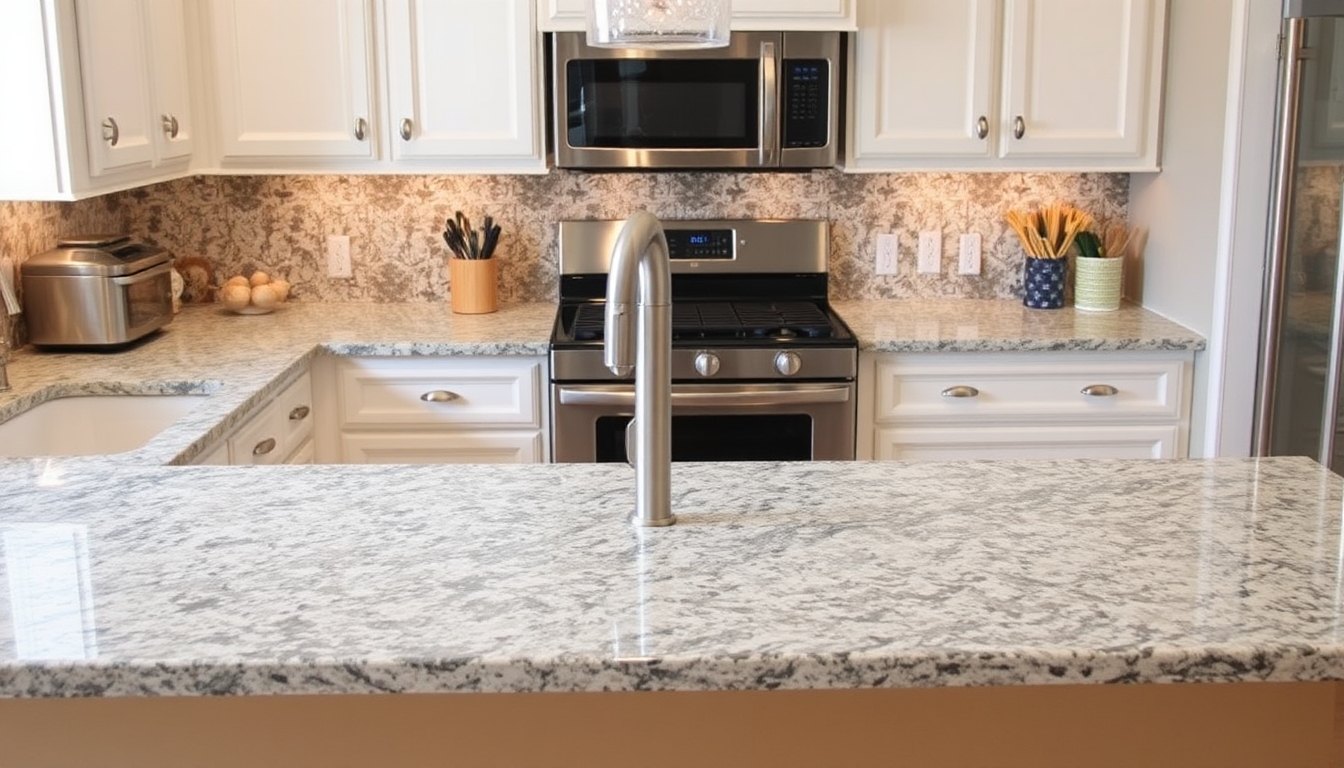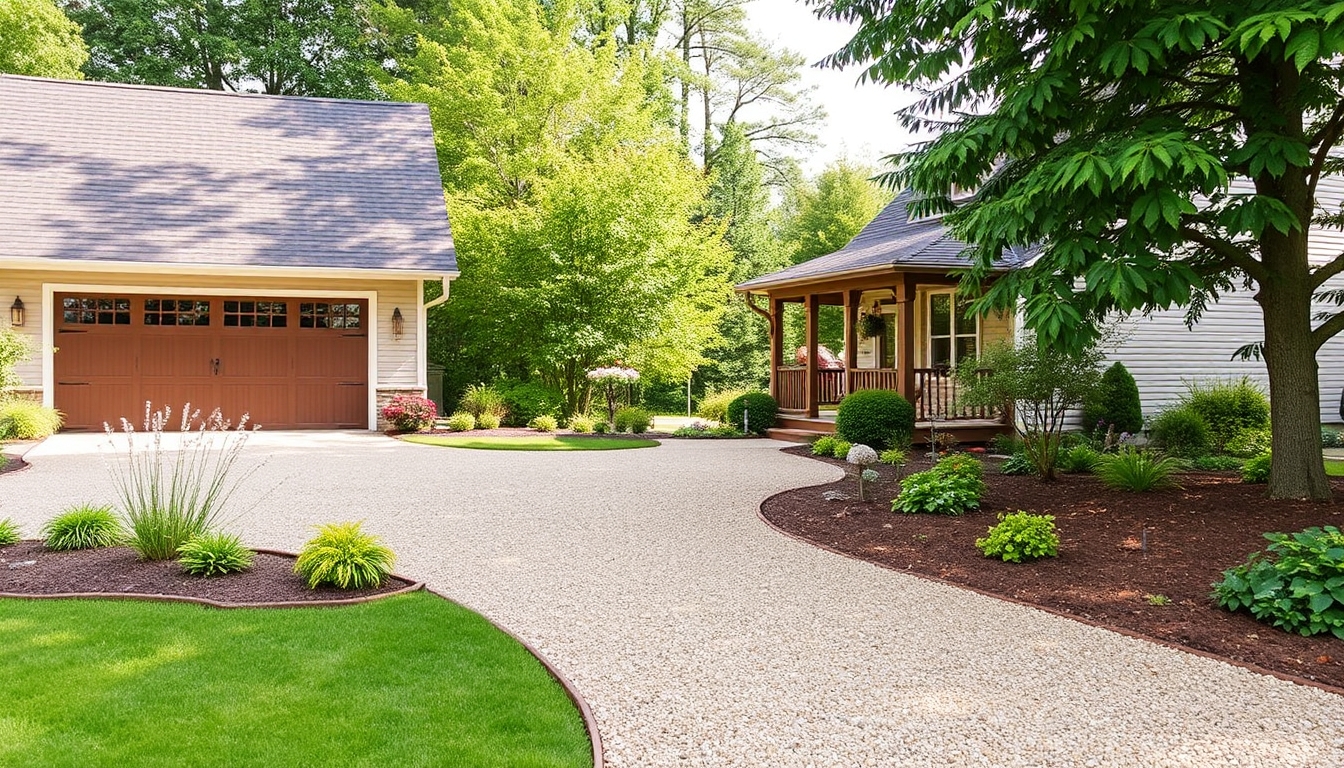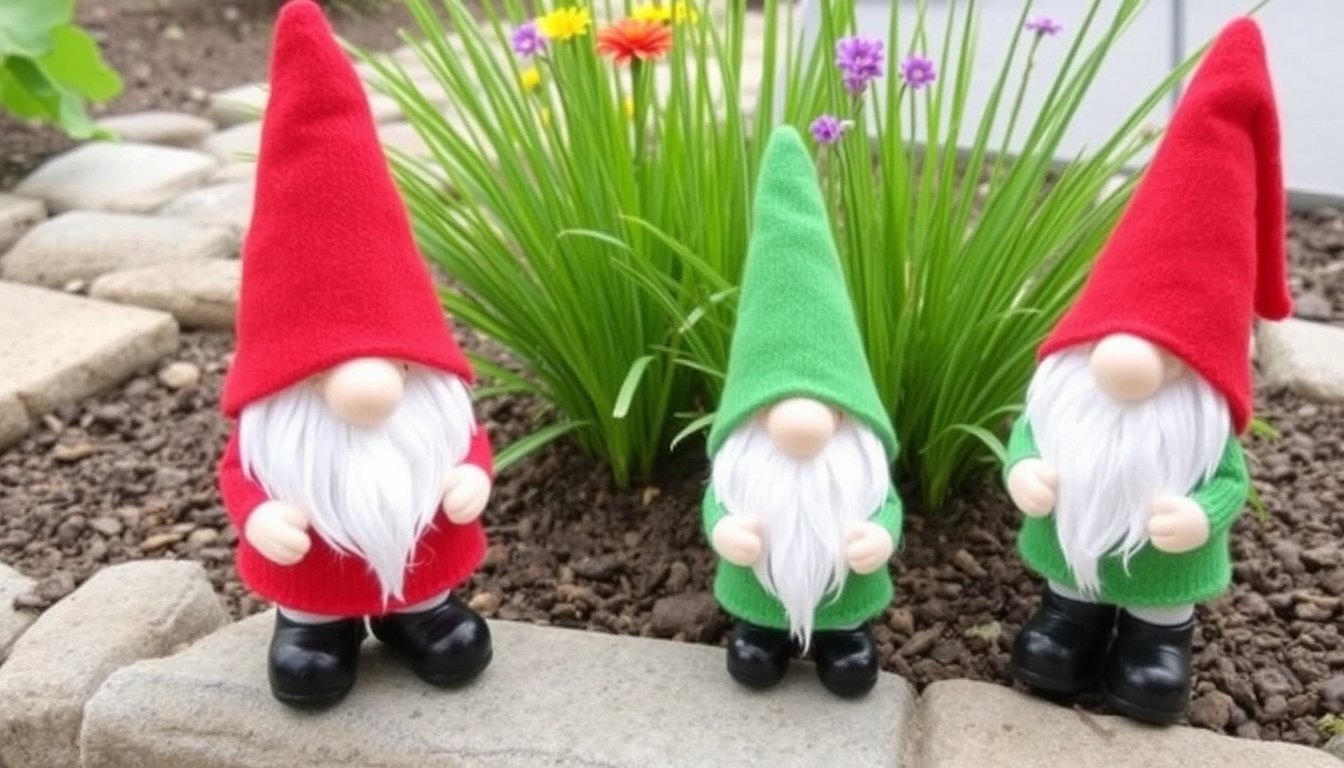Are you ready to roll up your sleeves and embark on some exciting do-it-yourself cement projects? From stylish planters to durable outdoor furniture, concrete crafts offer endless creative possibilities. In this article, we’ll guide you through the world of DIY cement projects, providing valuable tips, step-by-step instructions, and inspiring ideas to unleash your inner artisan. Whether you’re a seasoned DIY enthusiast or a beginner looking to explore a new hobby, get ready to dive into the world of cement crafting and create stunning pieces that will impress both yourself and your guests.
Getting Started with DIY Cement ProjectsCopied!
Before diving into the world of DIY cement projects, it’s important to familiarize yourself with the basics. Cement, a key ingredient in concrete, is a versatile material that can be molded into various shapes and sizes. Whether you’re interested in creating small decor pieces or larger functional items, the possibilities are endless.
Gathering the Essential Tools and Materials
Before you begin your cement crafting journey, make sure you have the necessary tools and materials at your disposal. Here are some essentials:
- A bag of cement mix
- Water
- A mixing container
- A trowel or a mixing paddle
- Molds or forms
- Sandpaper or a sanding block
- Protective gear like gloves and goggles
Preparing the Work Area
Creating cement projects can get messy, so it’s essential to prepare your work area properly. Find a well-ventilated space, preferably outdoors or in a garage, and cover the surface with a plastic sheet or tarp. This will protect the area from any spills or splatters.
Measuring and Mixing the Cement
Accurate measurements are crucial when it comes to cement mixing. Follow the instructions on the cement mix package to determine the proper water-to-cement ratio. Use a measuring container to ensure precise measurements.
Next, gradually add the water to the cement mix while stirring continuously. Use a trowel or mixing paddle to blend the mixture thoroughly until it reaches a smooth, pourable consistency. Avoid adding too much water, as it can weaken the final product.
Choosing and Preparing Molds
The choice of molds or forms will depend on the specific project you have in mind. You can use silicone molds, plastic containers, or even create custom molds using cardboard or wood. Ensure that the molds are clean and free from any debris before pouring the cement mixture.
If using reusable molds, apply a thin coat of cooking oil or a release agent to ease the demolding process once the cement has cured.
Now that you’re equipped with the necessary knowledge and tools, it’s time to move on to the exciting part: creating your very own DIY cement projects! Stay tuned for our next section, where we’ll explore some stunning ideas to inspire your creativity.
Inspiring DIY Cement Project IdeasCopied!
Ready to get your creative juices flowing? Here are some unique and inspiring DIY cement project ideas to help you kickstart your crafting journey:
1. Stylish Cement Planters
Elevate your indoor or outdoor greenery with custom-made cement planters. Experiment with different molds and shapes to create modern geometric designs or opt for a more organic and rustic look. Once cured, you can paint or decorate the planters to match your personal style.
2. Durable Outdoor Furniture
Create long-lasting and weather-resistant furniture pieces for your garden or patio using cement. From sleek benches to unique coffee tables, cement furniture can add a touch of contemporary charm to your outdoor space. Consider incorporating wooden or metal accents to enhance the aesthetic appeal.
3. Artistic Home Decor
Unleash your artistic side by crafting unique home decor pieces using cement. Make your own candle holders, bookends, or decorative bowls that will become conversation starters. Experiment with textures, colors, and patterns to personalize each piece and make it truly one-of-a-kind.
4. Functional Kitchen Accessories
Upgrade your kitchen with handmade cement accessories that not only look stylish but also serve a purpose. Create your own coasters, trivets, or even a sleek knife block. The versatility of cement allows you to design functional items that reflect your personal taste and blend seamlessly with your kitchen decor.
5. Customized Jewelry and Accessories
Who said cement can’t be fashionable? Explore the world of cement jewelry and accessories by crafting your own statement pieces. From minimalist earrings to bold pendants, you can create unique accessories that showcase your individuality. Don’t forget to add finishing touches like paint, beads, or metallic accents to elevate the overall look.
These are just a few ideas to ignite your imagination. The beauty of DIY cement projects lies in their versatility, so feel free to experiment and let your creativity run wild. In the next section, we’ll delve into the step-by-step process of creating a stunning cement planter to give you a hands-on experience of this fascinating craft.
Step-by-Step Guide: Crafting a Cement PlanterCopied!
Ready to put your skills to the test? Let’s dive into the step-by-step process of creating a stunning cement planter:
1. Gather Your Materials
For this project, you’ll need:
- Cement mix
- Water
- A mixing container
- A trowel or mixing paddle
- A mold (such as a plastic container or silicone mold)
- Cooking oil or a release agent
- Sandpaper or a sanding block
- Optional: acrylic paint or other decorative elements
2. Prepare Your Work Area
Find a well-ventilated space and cover the surface with a plastic sheet or tarp. This will protect the area from any spills or splatters. Ensure that your mold is clean and free from any debris.
3. Mix the Cement
Follow the instructions on the cement mix package to determine the proper water-to-cement ratio. Gradually add the water to the cement mix while stirring continuously. Aim for a smooth, pourable consistency. Avoid adding too much water, as it can weaken the final product.
4. Prepare the Mold
If using a reusable mold, apply a thin coat of cooking oil or a release agent to ease the demolding process once the cement has cured. Place the mold on your prepared work area.
5. Pour the Cement
Carefully pour the mixed cement into the mold, ensuring that it reaches all corners and fills the mold evenly. Use a trowel or a spatula to level the surface and remove any air bubbles.
6. Create Drainage Holes (Optional)
If you’re planning to use the cement planter for plants, consider creating drainage holes. Insert a dowel or a straw into the cement at the desired locations to create openings for excess water to escape.
7. Allow the Cement to Cure
Follow the recommended curing time mentioned on the cement mix package. This typically ranges from 24 to 48 hours. Keep the mold undisturbed during this period to ensure a strong and durable final product.
8. Demold and Finishing Touches
Carefully demold the cement planter once it has fully cured. Gently tap or flex the mold to release the cement. If necessary, use sandpaper or a sanding block to smooth any rough edges or imperfections.
At this stage, you can also get creative with paint or other decorative elements to add a personal touch to your planter. Experiment with different colors, patterns, or textures to make it truly unique.
9. Plant and Enjoy
Once any paint or decorative elements have dried, your cement planter is ready for use! Fill it with your favorite plants or flowers and proudly display it in your home or outdoor space.
Now that you’ve mastered the art of creating a cement planter, feel free to explore other exciting DIY cement projects. The possibilities are endless, and with each project, you’ll enhance your skills and unleash your creativity further.
Tips for Success in DIY Cement ProjectsCopied!
As you continue your journey into the world of DIY cement projects, keep these helpful tips in mind to ensure success:
1. Measure and Mix Precisely
Accurate measurements are essential for achieving the desired consistency and strength of your cement mix. Follow the instructions on the cement mix package and use a measuring container to ensure precise water-to-cement ratios. Consistently mixing the cement will also help avoid weak spots in your final project.
2. Take Safety Precautions
Working with cement requires safety precautions to protect yourself. Wear gloves and goggles to shield your skin and eyes from potential irritation. Additionally, work in a well-ventilated area to avoid inhaling dust particles.
3. Experiment with Colors and Textures
Cement projects offer opportunities for artistic expression. Consider incorporating pigments or dyes into your cement mix to create colorful pieces. You can also experiment with different textures by adding aggregates like pebbles or glass shards to the mix.
4. Plan Ahead for Complex Projects
If you’re tackling more complex projects, such as larger furniture pieces or intricate designs, plan ahead. Create sketches or blueprints to guide your work, ensuring that you have a clear vision of the end result before you begin.
5. Allow for Sufficient Curing Time
Patience is key when it comes to cement projects. Allow ample time for your creations to cure and strengthen before handling or applying any finishing touches. Rushing the curing process may lead to weaker and less durable results.
6. Embrace Imperfections
Cement projects often have a raw and industrial charm. Embrace the natural imperfections that may arise during the crafting process, as they can add character and uniqueness to your creations. Sanding rough edges or applying paint strategically can enhance the overall aesthetic.
7. Learn from Mistakes
Don’t be discouraged by mistakes or less-than-perfect outcomes. View them as valuable learning opportunities. Analyze what went wrong and adjust your techniques accordingly for future projects. The more you practice and experiment, the better you’ll become.
With these tips in your toolkit, you’re well-equipped to take on a wide range of DIY cement projects. Remember to have fun, stay creative, and let your imagination guide you as you explore this versatile and rewarding craft.
Conclusion: Unleash Your Creativity with DIY Cement ProjectsCopied!
Congratulations! You’ve reached the end of our comprehensive guide to DIY cement projects. By now, you have a solid understanding of the basics, a wealth of inspiring ideas, and the necessary tips for success. It’s time to put your newfound knowledge and skills to the test and embark on your own cement crafting adventures.
Remember, DIY cement projects offer endless possibilities for creativity and self-expression. Whether you’re creating stylish planters, durable furniture, unique home decor, or personalized accessories, each piece you craft will reflect your individuality and artistic flair.
As you dive into your projects, don’t be afraid to push the boundaries, explore new techniques, and learn from both successes and mistakes. Cement crafting is a journey of continuous growth and improvement.
Share your creations with friends, family, and fellow DIY enthusiasts. Your stunning pieces will inspire others to embark on their own cement crafting journeys and discover the joy of creating something beautiful with their own hands.
So, gather your tools, mix your cement, and let your imagination soar. The world of DIY cement projects awaits, ready to be shaped by your hands. Happy crafting!
Additional Resources for DIY Cement ProjectsCopied!
If you’re hungry for more knowledge and inspiration on DIY cement projects, here are some additional resources worth exploring:
1. Online Tutorials and Videos
Search for online tutorials and videos that provide step-by-step instructions and visual demonstrations of various cement projects. Platforms like YouTube and DIY websites often have a wealth of resources created by experienced crafters and experts.
2. Books and E-books
Consider delving into books or e-books dedicated to cement crafting. These resources can offer in-depth guidance, project ideas, and techniques to further enhance your skills. Look for titles like “The Art of Cement Crafting” or “Concrete Crafts: Creative Projects for Your Home and Garden”.
3. Online Communities and Forums
Join online communities and forums where DIY enthusiasts gather to share their experiences, ask questions, and exchange ideas. These platforms provide an opportunity to connect with like-minded individuals, learn from their insights, and showcase your own creations.
4. Local Workshops and Classes
Check if there are any local workshops or classes in your area that focus on cement crafting. Attending these sessions can provide hands-on learning experiences, expert guidance, and the chance to connect with fellow crafters in your community.
5. Social Media Inspiration
Follow social media accounts and hashtags related to DIY cement projects. Platforms like Instagram and Pinterest offer a plethora of inspirational images, ideas, and tips shared by talented crafters from around the world.
6. Supplier Websites
Explore the websites of suppliers specializing in cement, concrete, and craft materials. They often provide project ideas, tutorials, and suggestions for using their products effectively. You may discover new tools or materials that can elevate your cement crafting endeavors.
By tapping into these additional resources, you’ll continue to expand your knowledge, refine your techniques, and stay inspired on your DIY cement project journey. Remember, the learning process is ongoing, and there’s always something new to discover in the world of cement crafting.
Final Thoughts on DIY Cement ProjectsCopied!
As we wrap up this guide, let’s reflect on the wonderful world of DIY cement projects and the opportunities it presents:
Unleash Your Creativity
DIY cement projects provide a canvas for your creativity to flourish. From the initial design phase to the final touches, each step allows you to infuse your unique style and personality into your creations. Embrace the freedom to experiment, innovate, and let your imagination soar.
A Sustainable and Cost-Effective Choice
Cement, being a durable and long-lasting material, offers a sustainable alternative for creating functional and decorative items. By crafting your own cement projects, you can reduce waste, repurpose materials, and save money compared to buying ready-made products.
Build Skills and Gain Confidence
Engaging in DIY cement projects allows you to develop various skills, such as measuring, mixing, molding, and finishing. With each project, you’ll enhance your craftsmanship, problem-solving abilities, and attention to detail. The sense of accomplishment and confidence gained from completing your own creations is truly gratifying.
Gifts from the Heart
Handmade cement projects make thoughtful and heartfelt gifts for family and friends. By personalizing each piece, you can create meaningful presents that are cherished for years to come. Whether it’s a custom planter, a decorative bowl, or a unique piece of jewelry, your creations will hold sentimental value.
Share and Inspire Others
Don’t keep your cement projects hidden away! Share them with others, whether through social media platforms, local craft fairs, or even hosting your own showcase. Your creations can inspire and motivate others to explore their own creativity and embark on their own DIY adventures.
Now armed with knowledge, tips, and inspiration, it’s time to embark on your own DIY cement project journey. Embrace the process, enjoy the satisfaction of creating something with your own hands, and let your imagination guide you as you explore the endless possibilities that cement crafting offers. Happy crafting!
FAQs: Common Questions About DIY Cement ProjectsCopied!
1. Can I use regular cement instead of cement mix?
While regular cement can be used for some projects, it’s recommended to use cement mix specifically formulated for crafting purposes. Cement mix contains additives that improve workability and strength, ensuring better results for your DIY cement projects.
2. How do I avoid air bubbles in my cement projects?
To minimize air bubbles in your cement projects, gently tap the mold on a hard surface after pouring the cement to help release trapped air. You can also use a vibrating tool or a toothpick to remove stubborn bubbles by poking and agitating the surface of the cement.
3. Can I paint my cement projects?
Absolutely! Once your cement project has fully cured, you can use acrylic paints, outdoor spray paints, or specialized cement paints to add color and design. Make sure to clean the surface thoroughly and apply a primer if necessary before painting.
4. How do I seal and protect my cement projects?
To protect your cement projects from the elements and enhance their longevity, apply a clear concrete sealer or a waterproofing sealant. Follow the manufacturer’s instructions for proper application and reapplication intervals, especially for outdoor projects.
5. Can I make my cement projects lighter?
Yes, you can make your cement projects lighter by adding lightweight aggregates like perlite or vermiculite to the cement mix. These materials reduce the overall density of the cement without compromising its strength.
6. How can I ensure the durability of my cement projects?
To ensure the durability of your cement projects, make sure to follow the manufacturer’s instructions for curing time and properly protect the finished piece from extreme temperature changes. Avoid dropping or mishandling the project, as cement can chip or crack under impact.
7. Can I use recycled materials in my cement projects?
Absolutely! DIY cement projects are a great way to repurpose and upcycle materials. You can embed broken glass, mosaic tiles, or even recycled metal objects into your cement creations to add unique textures and visual interest.
We hope these frequently asked questions have addressed some of your concerns and provided further clarity on DIY cement projects. Remember, experimentation, patience, and a willingness to learn will take your cement crafting skills to new heights. Enjoy the process and happy crafting!
In conclusion, DIY cement projects offer a world of creative possibilities for both beginners and experienced crafters. With a few essential tools, some cement mix, and a dash of imagination, you can create stunning planters, unique home decor, durable furniture, and personalized accessories. The process of mixing, molding, and finishing your own cement creations allows you to express your individuality and unleash your artistic flair.
Throughout this guide, we’ve covered the basics of getting started, provided inspiring project ideas, offered tips for success, and shared additional resources to further your knowledge. Remember to measure and mix your cement precisely, prioritize safety, and plan ahead for more complex projects. Embrace imperfections, learn from mistakes, and let your creativity guide you as you experiment with colors, textures, and finishes.
DIY cement projects not only offer a sustainable and cost-effective way to create unique items, but they also enable you to build skills, gain confidence, and share heartfelt gifts with loved ones. By exploring online tutorials, joining communities, and seeking inspiration from others, you can continue to expand your knowledge and refine your techniques.
So, don’t hesitate to dive into the world of DIY cement projects and embark on your own crafting journey. Let your imagination soar, enjoy the process, and share your creations with the world. Whether you’re a seasoned DIY enthusiast or a beginner eager to learn, there’s no better time to start crafting with cement. Happy creating!





